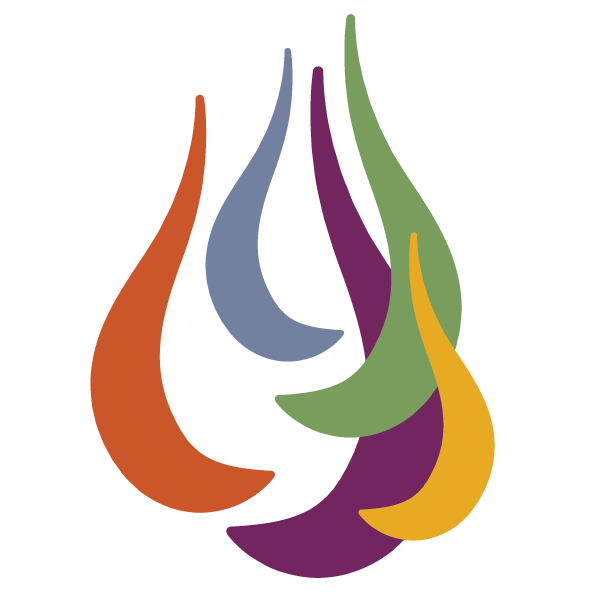Grade Six
QUARANTINE AND THE WESTERN WALL
How are Quarantine and the Western Wall related?
Think
We have all been sitting in our homes for quite some time, so this is a perfect time to think about what makes our towns and where so distinct? When you think of your town, what do you think is most recognizable about it?
In America, I’d say the Statue of Liberty. In Weston, Peter’s Market or the Field Club, or the school campus. In Westport, perhaps Compo Beach or the Minute Man Statue.
I grew up in a place called Edison which was named for Thomas Edison who lived there. There was a huge light tower that people used to visit right in our town.
When it comes to Jerusalem, the holiest city in Israel, what do you think is the most recognizable place?
Most people would agree on the Western Wall.
Watch
Western Wall Facts & Figures >>
Read
The Western Wall is a holy place of prayer and pilgrimage sacred to the Jewish people. The wall was part of the Second Temple of Jerusalem, the center of worship in ancient Israel. The Second Temple was destroyed by the Romans in ad 70. The Western Wall is all that remains.
The Western Wall is about 160 feet (50 meters) long and 60 feet (20 meters) high. It is also known as the Wailing Wall because of the sorrowful prayers of the Jews who pray there. They mourn the destruction of the temple and pray for its restoration. Visitors write prayers and petitions on slips of papers and wedge them into the cracks between the stones.
The Western Wall forms part of the larger wall that surrounds the Muslim Dome of the Rock and the Al-Aqsa Mosque. Jews and Muslims argue over control of the wall. Israel took full control of it after the Six-Day War in June 1967.
What You Can Do
During this time of quiet quarantine, many of us may feel uncertain or nervous, and we certainly have time on our hands. Think about your concerns. Write down a prayer or concern that you would like to put in the western wall if you could visit at this time.
TORAH
Please choose at least one videos to watch. Each covers a different Torah portions in the book of Exodus. Please choose one and answer the questions. When finished, send your answers to Harriet, Wendy, and Rabbi NB.
Shemot-the first parsha of Exodus
Who is the Main Character?
What is Moses’ reaction to being asked by god to free the Jews? What is his objection?
What does the storyteller say about this book and the one before it?
Vaeira – and he saw
Why wouldn’t the Jews listen to Moses?
Why do you think Pharaoh’s heart was hardened after each plague?
What does the drop of wine at the Seder table represent and why?
Bo – meaning come
Why does God say “come” to Pharaoh to Moses and Aaron?
How have Moses and Aaron changed since Parasha (Portion) Shemot?
Beshalach- Let Them eat Manna
What happens to Pharoah’s men? How did the Jews cross the Red Sea?
What did the Jews complain about the first time and the second time? How does Moses react?
What was the importance of” doubt”?
Holocaust Learning
Summarize what you read and give your impressions of what the people of Denmark did for the Jews. Send your answers to Rabbi NB.
How can we do something similar today?
